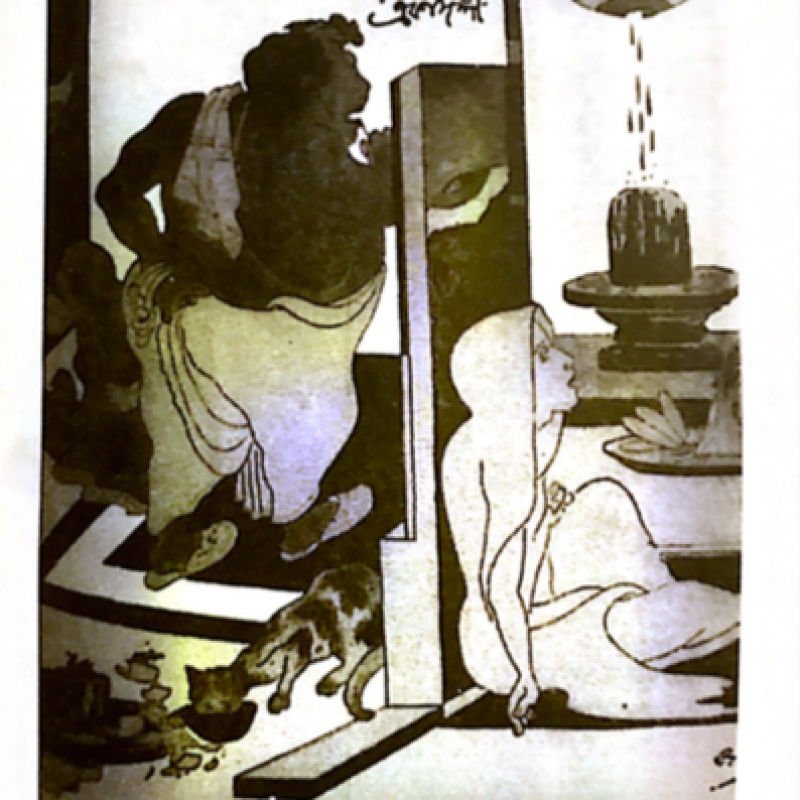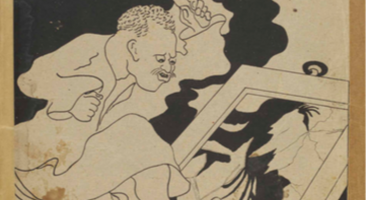The art of political caricature was brought into the Indian subcontinent by the British colonisers. A British cartoon periodical, Punch, was widely circulated throughout the empire, and reached India and Bengal, even though it regularly derided the colonial subject. This happened in the second half of the nineteenth century when print as technology, through the vernacular press, was bringing up an educated political middle class and a thriving public discourse in Bengal, which led to a strong feeling of nationalism.
Soon, Bengal had its caricature magazines modelled on Punch, and cartoonists who put up a strong resistance against the rule of the colonial masters through humour and mockery. A close analysis of political cartoons from the pre-independent period of 1872 to 1947 in Bengal gives us valuable insight into the modernisation of society and the maturation of political resistance. It also provides us a peek into the diversities and contradictions within the unified national movement.



![A cartoon published by Kafi Khan (Courtesy: Dr Subhendu Dasgupta in his article ‘Orthonitir Arek Path’, Alumni Association of Calcutta University Department of Economics [AACUED], 2013)](/sites/default/files/styles/sp_video_and_image_gallery_thumb_273x153/public/2020-06/Kafi%20Khan.png?itok=PWrJzNdC)